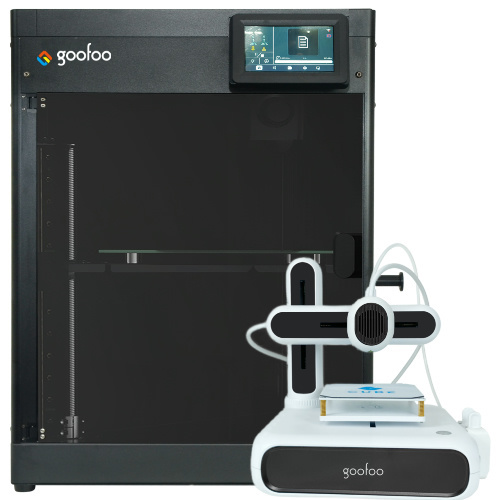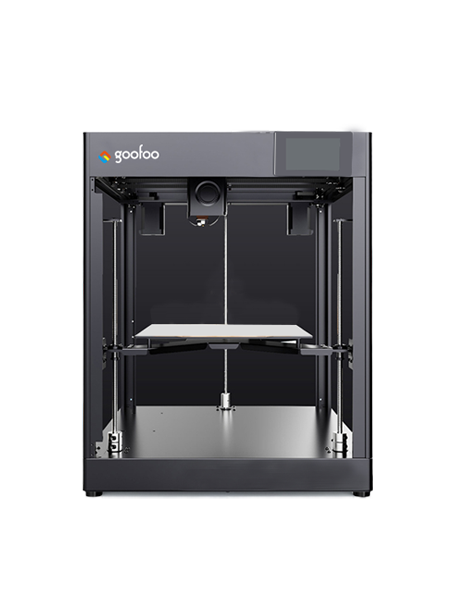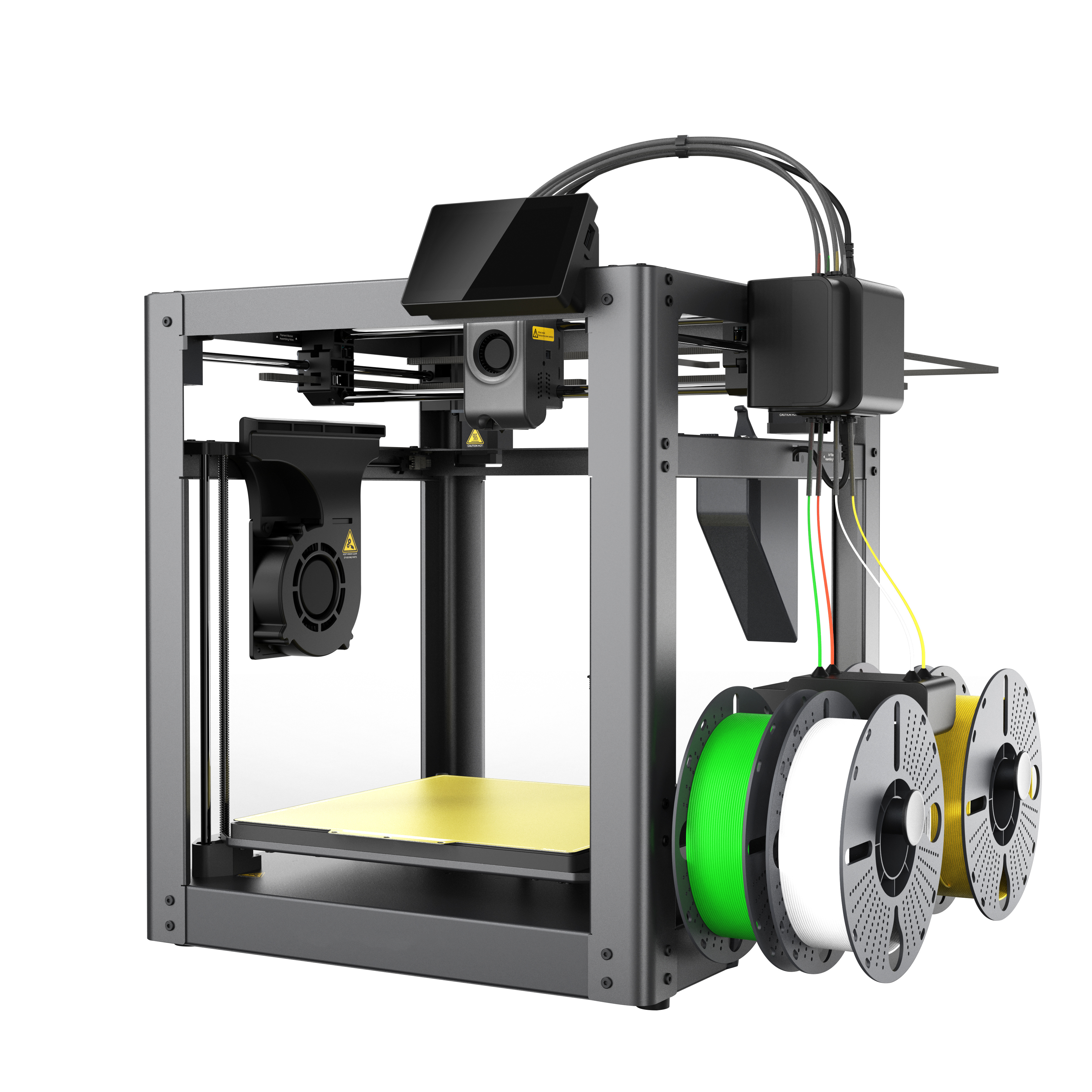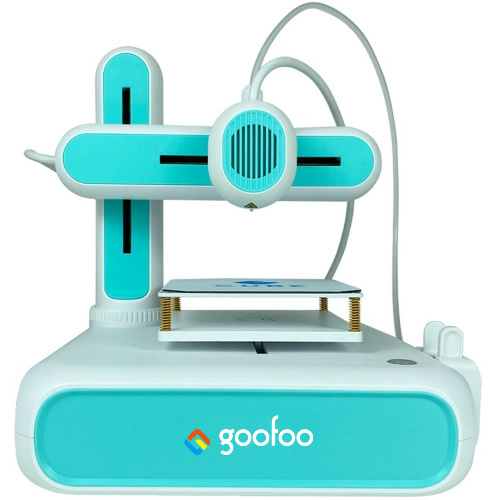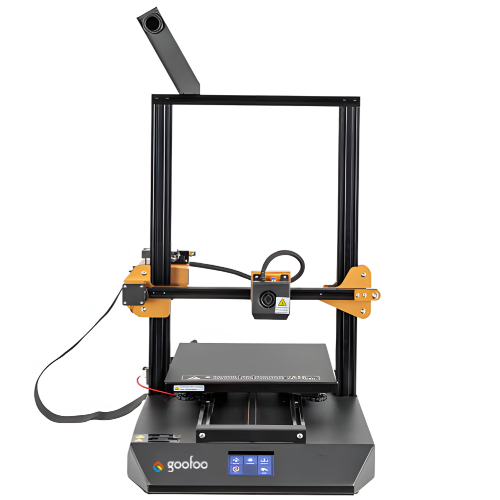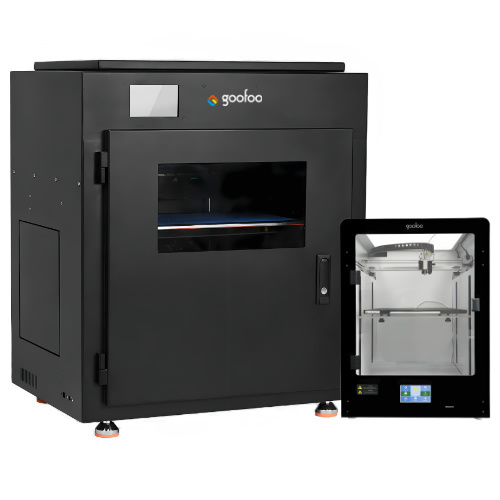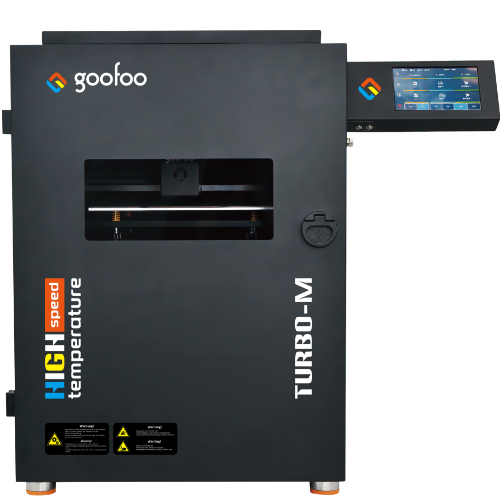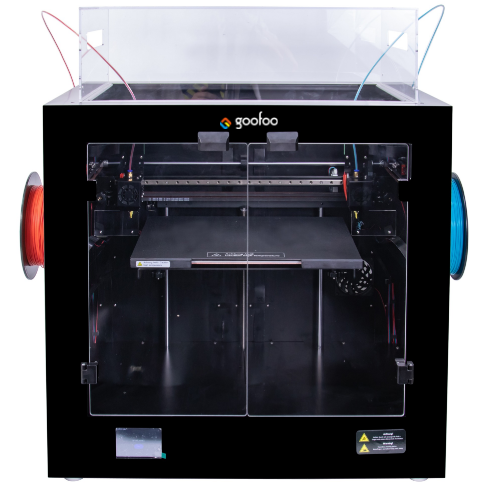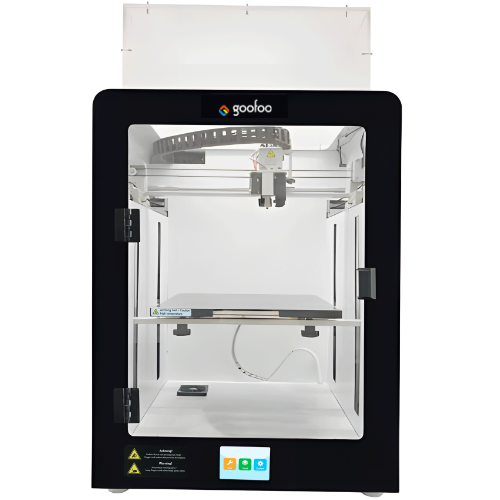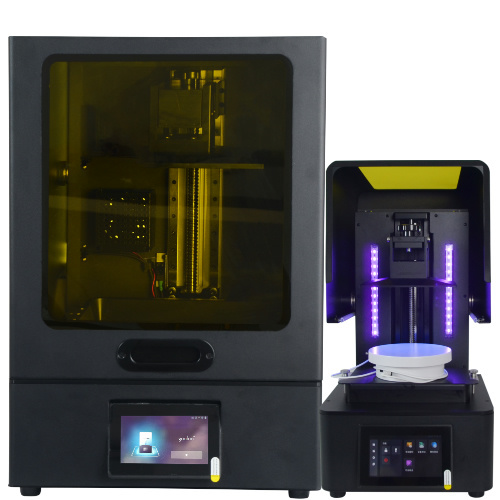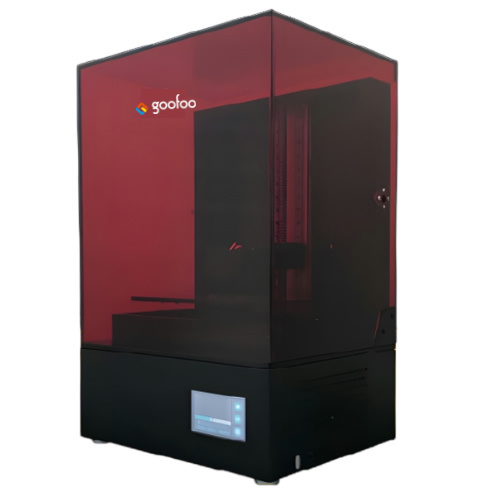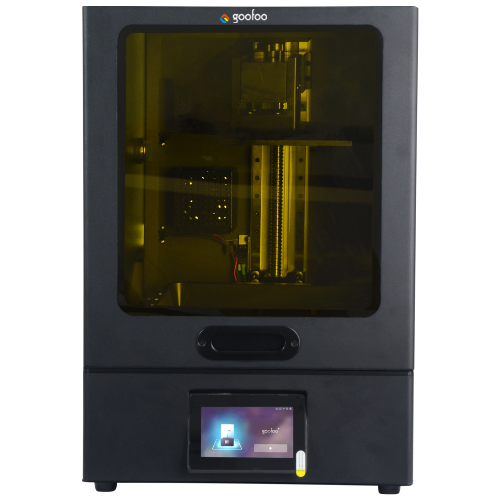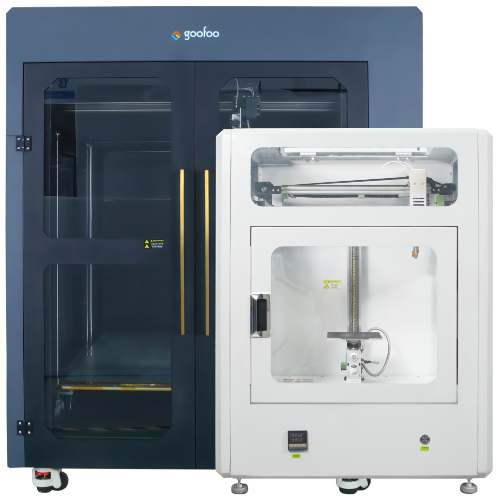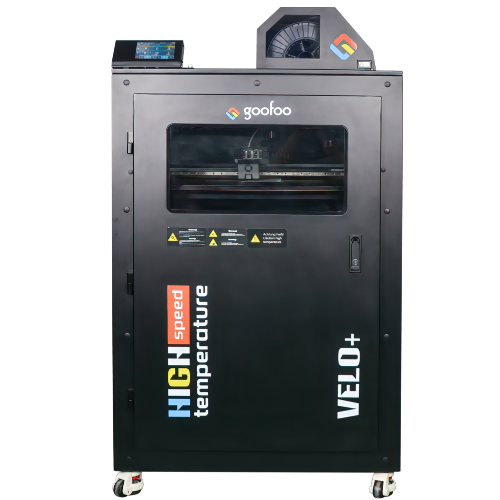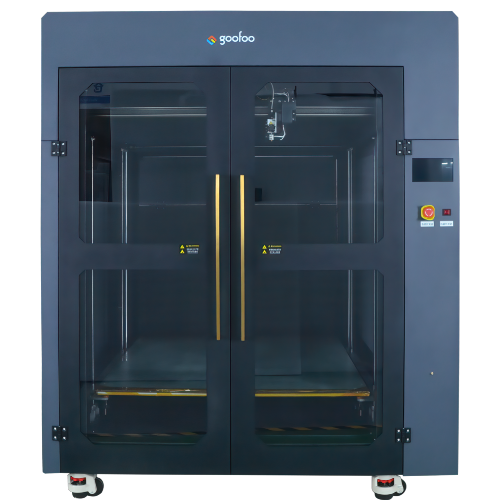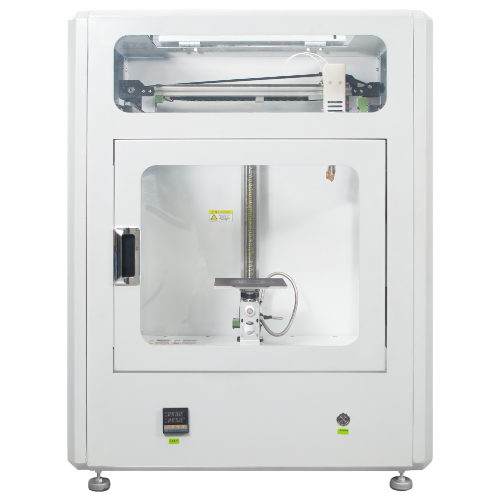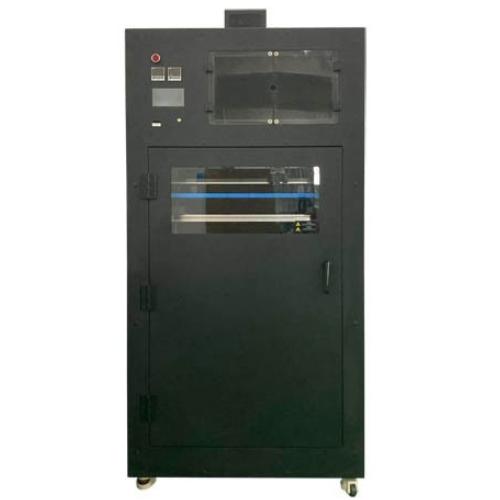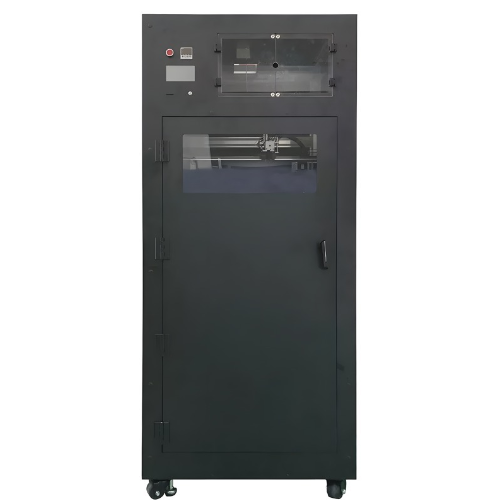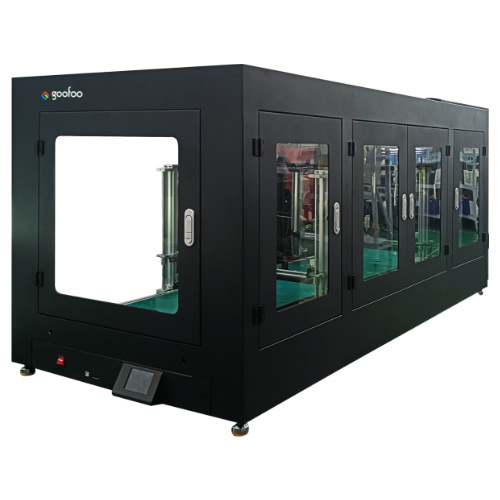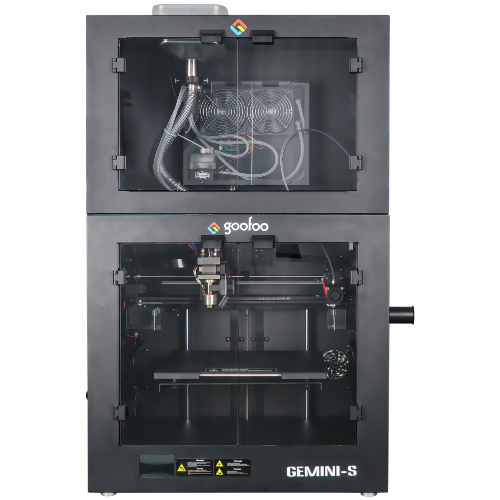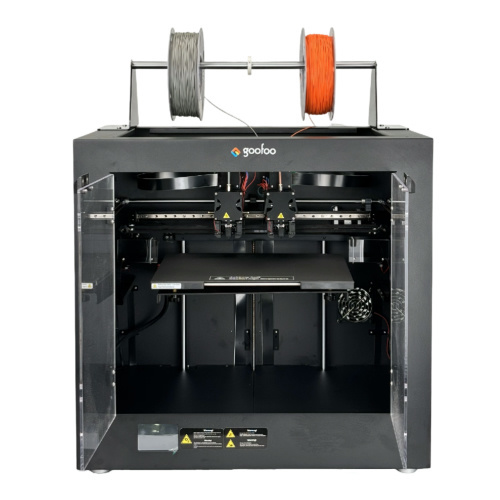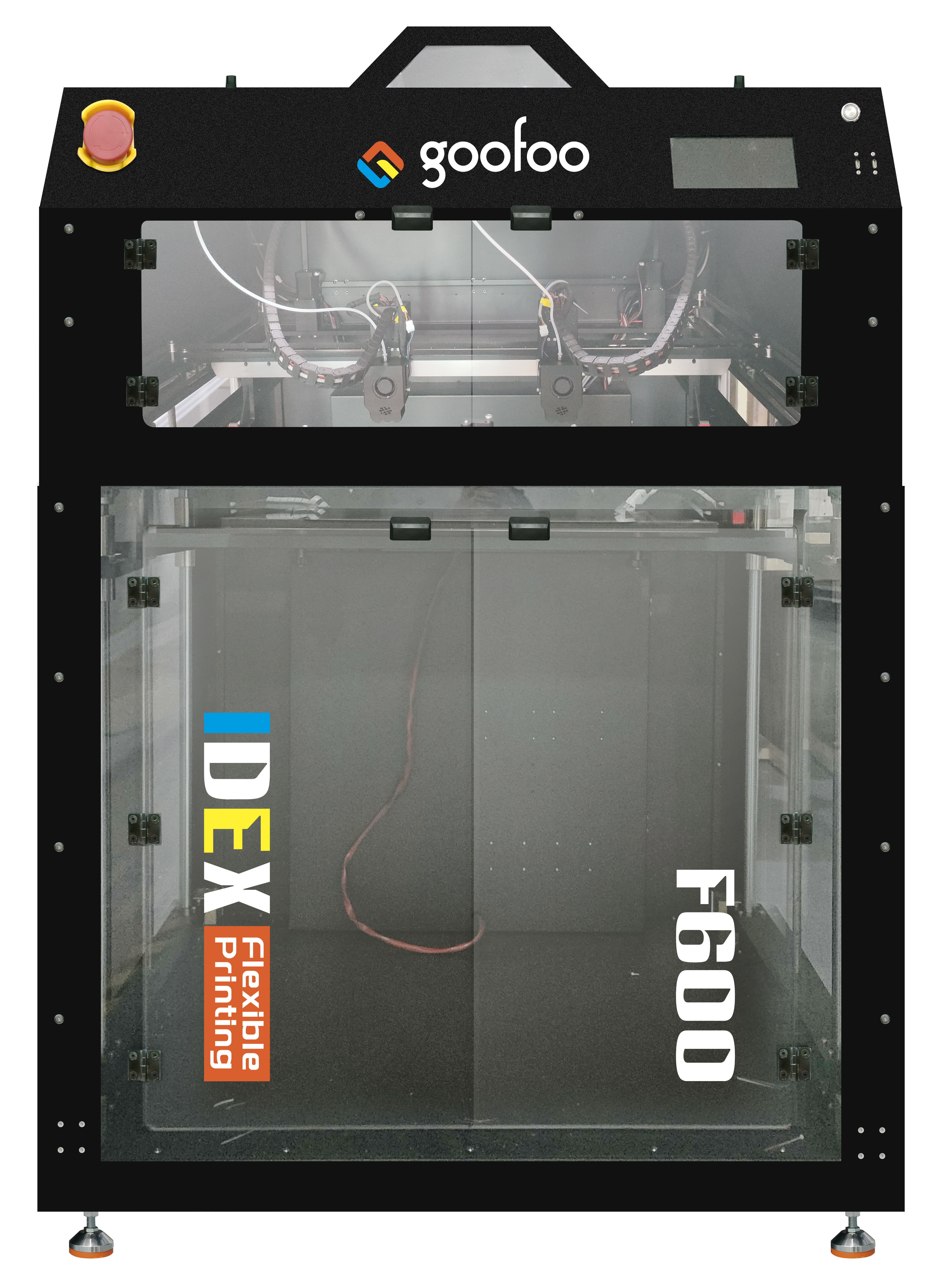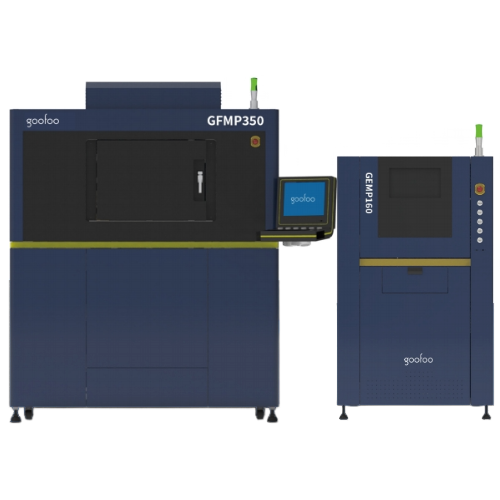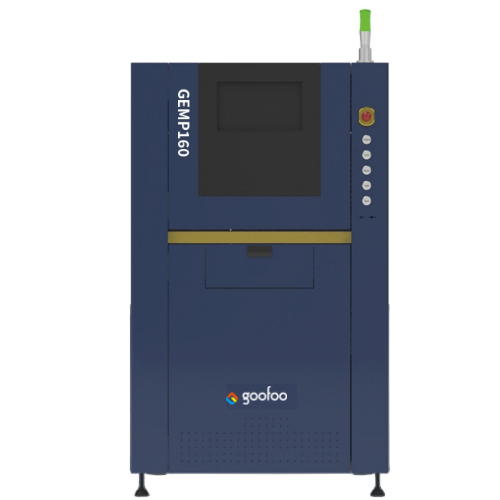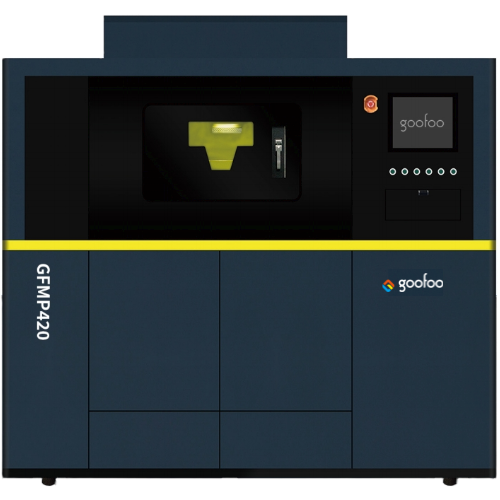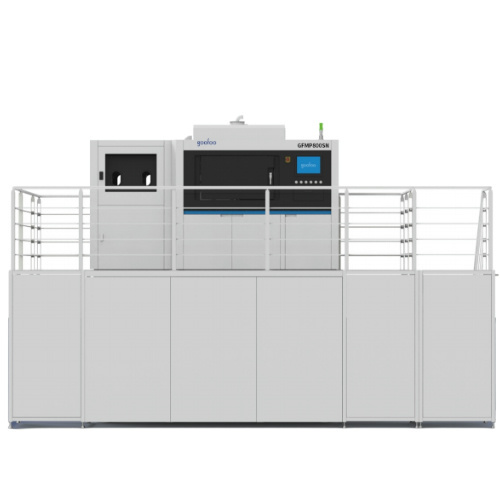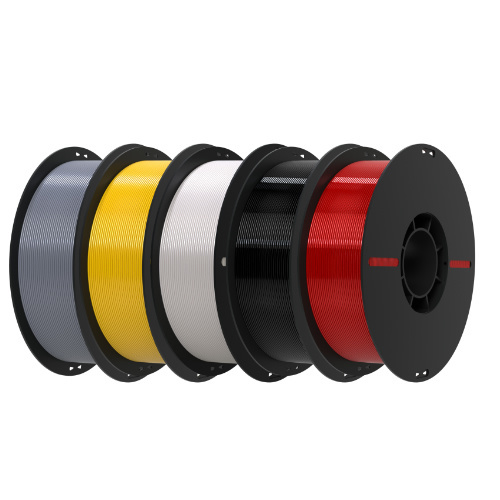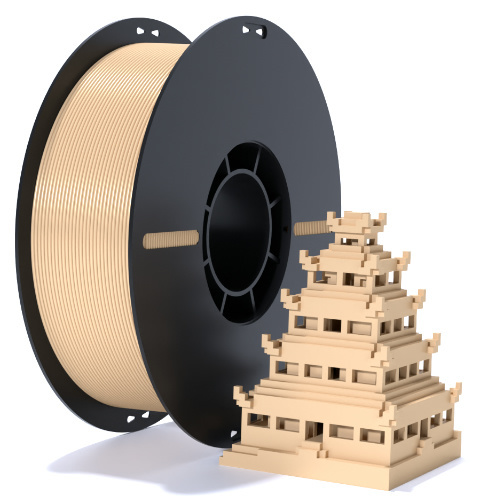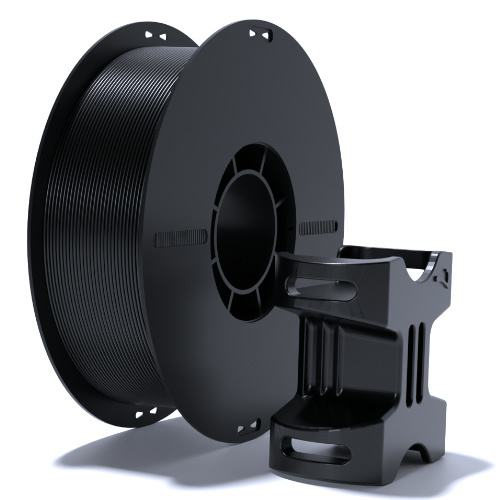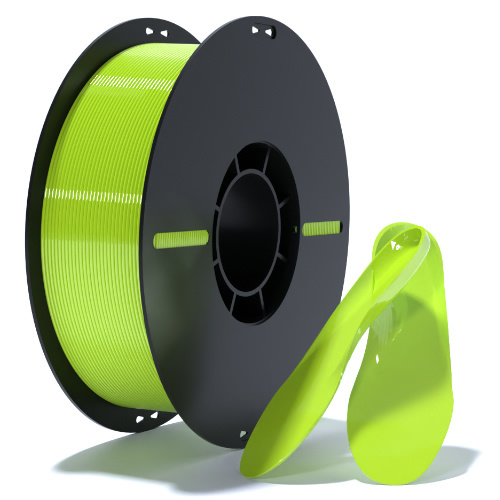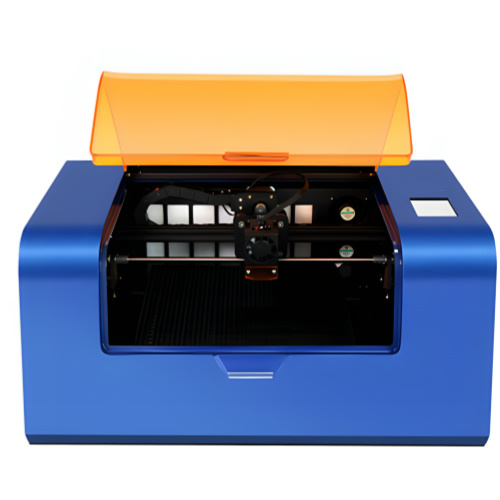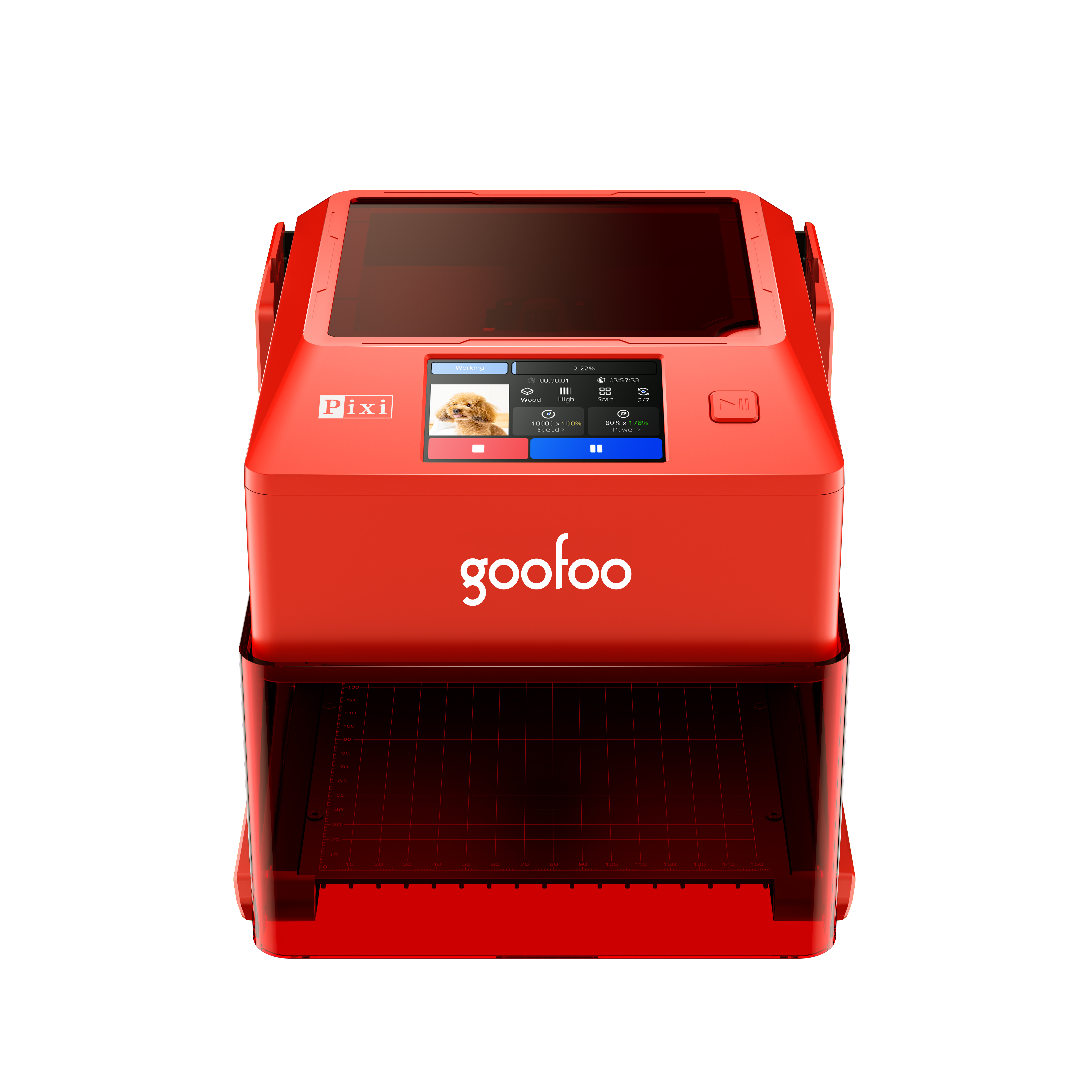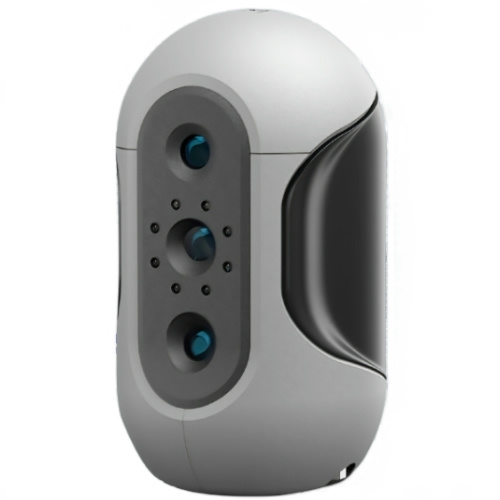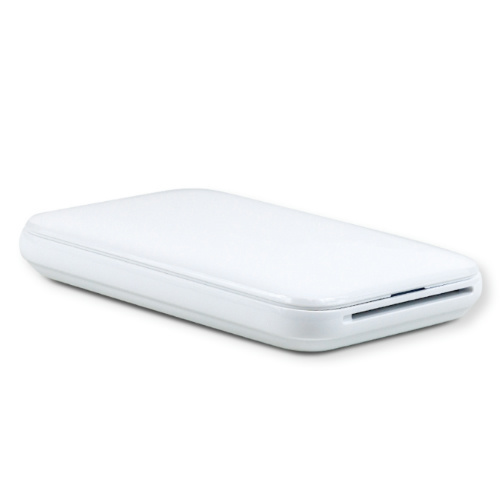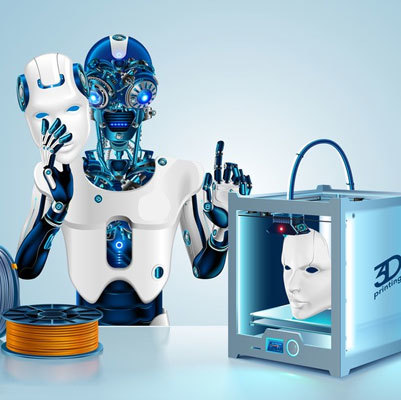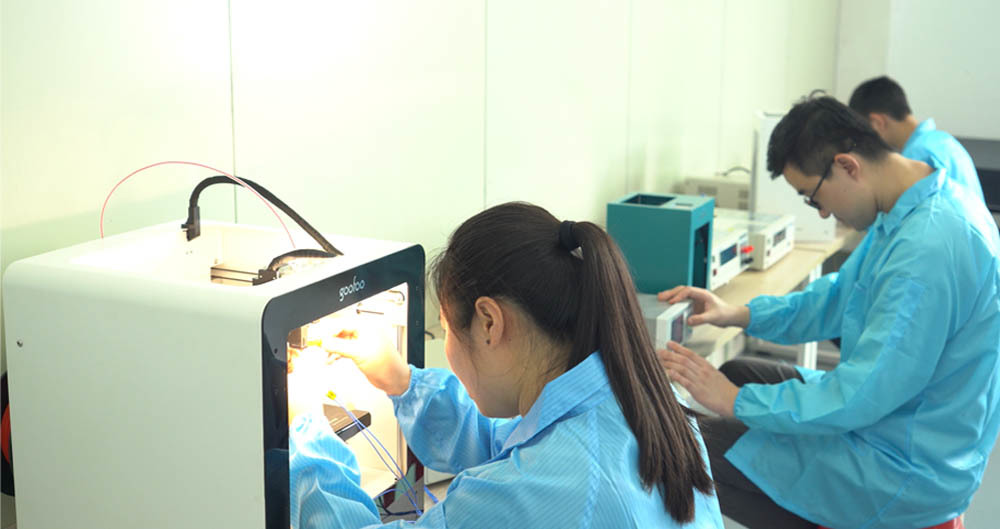All Categories
Pushing Boundaries: Advancements in 3D Printing Software and Applications
2025-11-04 12:20
Pushing Boundaries: Advancements in 3D Printing Software and Applications
Table of Contents
1. Introduction to 3D Printing Technology
2. Key Advancements in 3D Printing Software
2.1. Enhanced User Interfaces and Experience
2.2. Cloud-Based Solutions
2.3. Integration with AI and Machine Learning
2.4. Advanced Slicing Software
3. Applications of 3D Printing Across Industries
3.1. Healthcare Innovations
3.2. Aerospace and Automotive Developments
3.3. Construction and Architecture
3.4. Fashion and Consumer Goods
4. The Role of Material Advancements in 3D Printing
5. Sustainability in 3D Printing
6. Challenges and Future Directions
7. FAQs about 3D Printing Software and Applications
8. Conclusion
1. Introduction to 3D Printing Technology
3D printing, also known as additive manufacturing, has emerged as one of the most transformative technologies of the 21st century. This innovative process enables the creation of three-dimensional objects by layering materials based on digital models. Over the past few years, advancements in 3D printing software have played a significant role in enhancing the capabilities and accessibility of this technology. As we delve into these advancements, we will uncover how they impact various industries, fostering creativity, efficiency, and sustainability.
2. Key Advancements in 3D Printing Software
The evolution of 3D printing software has been nothing short of remarkable. New tools and technologies have emerged, making 3D printing more intuitive and versatile. Below, we explore some of the most impactful advancements in this field.
2.1. Enhanced User Interfaces and Experience
Modern 3D printing software now features user-friendly interfaces that simplify the design and printing process. These enhancements allow even novice users to navigate complex tools, making the technology accessible to a broader audience. Intuitive design features, tutorials, and community support have made it easier than ever to create intricate models with minimal learning curves.
2.2. Cloud-Based Solutions
The rise of cloud-based 3D printing software has revolutionized collaboration in design and manufacturing. Users can now access their projects from anywhere, share designs seamlessly with teams or clients, and leverage cloud processing power for complex simulations. This shift not only enhances productivity but also ensures that teams can work together effectively, regardless of geographical barriers.
2.3. Integration with AI and Machine Learning
Artificial intelligence (AI) and machine learning are increasingly being integrated into 3D printing software. These technologies help optimize print paths, predict potential failures, and suggest design improvements. By analyzing data from previous prints, AI-driven systems can provide recommendations that enhance both print quality and efficiency, ultimately reducing waste and costs.
2.4. Advanced Slicing Software
Slicing software converts 3D models into instructions that printers can understand. Recent advancements have led to more sophisticated slicing tools that improve print speed and quality. These tools allow users to customize print settings for different materials, optimize layer adhesion, and reduce support structures. As a result, the final products are more robust and aesthetically pleasing.
3. Applications of 3D Printing Across Industries
The applications of 3D printing technology are vast and varied, impacting numerous sectors. Below, we highlight some of the most exciting developments in different industries.
3.1. Healthcare Innovations
In healthcare, 3D printing is changing the way medical professionals design and manufacture implants, prosthetics, and even bioprinted tissues. Personalized implants tailored to individual patients can significantly enhance treatment outcomes. Furthermore, 3D-printed surgical instruments and anatomical models allow for better preoperative planning and training, improving overall patient care.
3.2. Aerospace and Automotive Developments
The aerospace and automotive industries have embraced 3D printing for its ability to produce lightweight and complex components that traditional manufacturing methods cannot achieve. From engine parts to customized interiors, 3D printing allows for rapid prototyping and production, reducing lead times and costs while enhancing performance and fuel efficiency.
3.3. Construction and Architecture
3D printing is making waves in construction and architecture, with techniques such as 3D-printed homes and structures gaining traction. This method not only reduces material waste but also allows for more innovative architectural designs. Companies are exploring the use of sustainable materials, including recycled plastics and bio-based composites, to create eco-friendly buildings.
3.4. Fashion and Consumer Goods
The fashion industry is also experiencing a transformation due to 3D printing, allowing designers to create unique and intricate garments that were previously unimaginable. Customizable consumer goods, such as phone cases and jewelry, offer individuals the opportunity to express their creativity while reducing mass production’s environmental impact.
4. The Role of Material Advancements in 3D Printing
Advancements in materials science are crucial to the evolution of 3D printing. New materials, including biodegradable plastics, composites, and metals, are expanding the possibilities of what can be printed. These innovations enable the production of stronger, lighter, and more versatile products, catering to diverse applications across industries.
5. Sustainability in 3D Printing
Sustainability is a pressing concern in today’s manufacturing landscape, and 3D printing offers solutions to reduce waste and promote eco-friendly practices. By utilizing materials more efficiently and allowing for on-demand production, 3D printing minimizes excess inventory and lowers the carbon footprint associated with traditional manufacturing processes. The development of recyclable and biodegradable materials further enhances the sustainability of this technology.
6. Challenges and Future Directions
Despite its numerous advancements, 3D printing still faces challenges, including material limitations, production speed, and regulatory hurdles in certain industries. However, ongoing research and development are paving the way for a promising future. As technology continues to evolve, we can anticipate enhanced capabilities, broader applications, and improved integration with other technologies, such as automation and the Internet of Things (IoT).
7. FAQs about 3D Printing Software and Applications
1. What is 3D printing?
3D printing is a manufacturing process that creates three-dimensional objects by layering materials based on digital designs.
2. How is 3D printing software evolving?
3D printing software is evolving with enhanced user interfaces, cloud-based solutions, AI integration, and advanced slicing capabilities, making it more accessible and efficient.
3. What industries are benefiting from 3D printing?
Industries such as healthcare, aerospace, automotive, construction, fashion, and consumer goods are significantly benefiting from 3D printing technologies.
4. Can 3D printing be sustainable?
Yes, 3D printing can be sustainable by reducing material waste, enabling on-demand production, and utilizing eco-friendly materials.
5. What are the future trends in 3D printing?
Future trends in 3D printing include advanced material development, increased automation, and integration with technologies like AI and IoT.
8. Conclusion
The advancements in 3D printing software and applications are pushing the boundaries of what's possible in manufacturing and design. As we continue to witness innovative breakthroughs across various industries, it is clear that 3D printing is not just a passing trend, but a transformative force reshaping the future of production and creativity. Embracing these advancements will enable businesses and individuals alike to unlock new potentials, drive efficiency, and promote sustainability in an ever-evolving landscape.
best 3d printer
Recommended News
language
English
العربية
বাংলাদেশ
Български
Hrvatski
Česky
Dansk
Nederland
 Esperanto
Esperanto
Slovenski
Filipino
Suomi
Français
Maori
 Shqiptare
Shqiptare
Georgian
 Euskara
Euskara
Deutsch
Ελλάδα
ישראל
इंडिया
Magyarország
Ísland
Indonesia
Irlanda
Italia
日本語
Sovensko
Հայաստան
한국
Kyrgyz
ປະເທດລາວ
 Zulu
Zulu
Latvian
Lithuanian
Luxembourgish
 Latinus
Latinus
Macedonian
Малайская
Maltese
Монгол улс
 Cymraeg
Cymraeg
ဗမာ
 தமிழ்
தமிழ்
नेपाल
Norge
ایران
Polska
Portugal
România
Российская
Србија
 Slovak
Slovak
Србија
 Slovak
Slovak
Bosanski
Slovenian
Беларус
España
Sverige
Точик
ประเทศไทย
Türk
Azərbaycan
Uzbek
 Afrikaans
Afrikaans
Việt Nam
Skype / WhatsApp: +86 592-5713513 / +86-13860126490
No.88-3, North Tongji Road, Xike County, Tong'an District, Xiamen, Fujian China
Xiamen Goofoo Technology Co., Ltd. All Rights Reserved 闽ICP备2022008070号-1 SEO 300.cn
Phone:+0086 592-5713513
Address: No.88-3, North Tongji Road, Xike County, Tong’an District, Xiamen, Fujian China
Email: sales@goofoo3d.com
We will give you feedback in time

